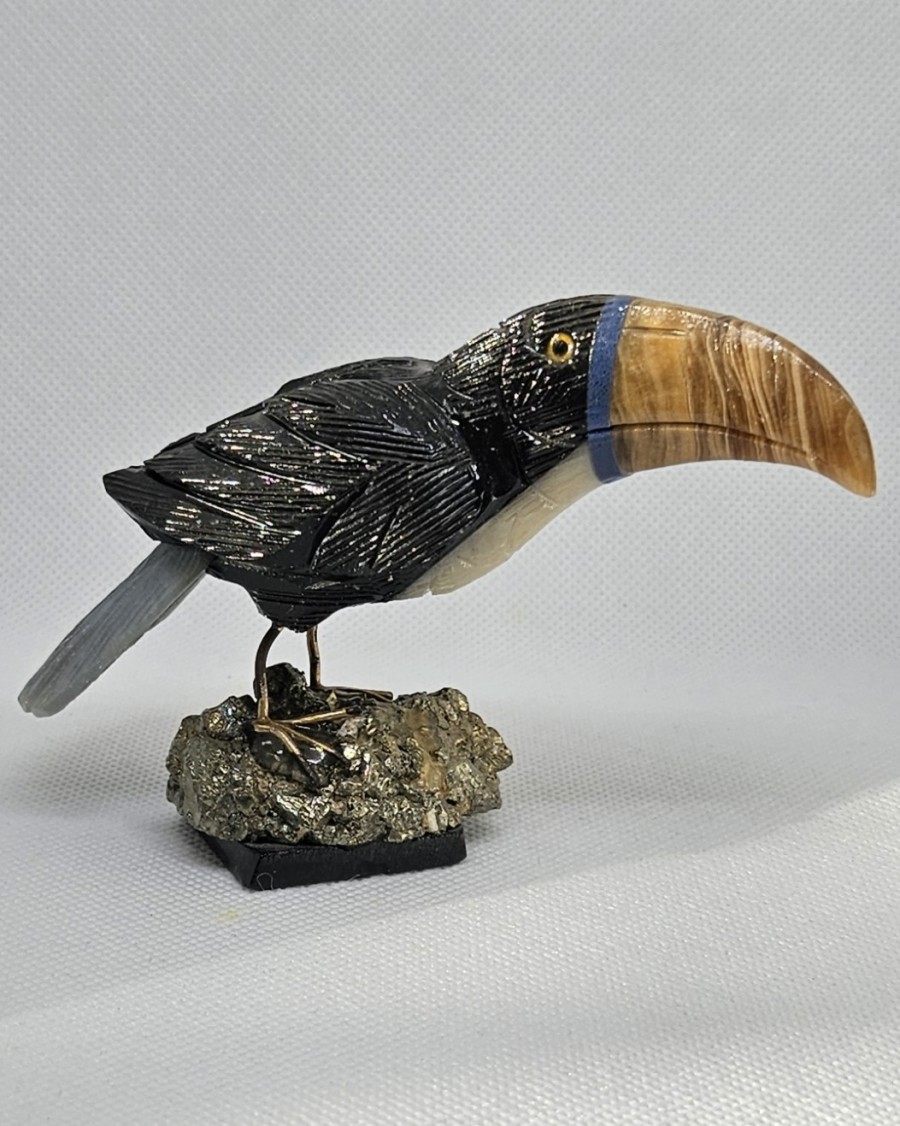Understanding the Complexities of Pineal Gland Conditions
페이지 정보
작성자 Phil Woolacott 작성일25-06-06 11:57 조회2회 댓글0건본문
The pineal gland is a small, pea-sized endocrine gland located in the vertebrate brain, playing a pivotal role in regulating our sleep and reproductive cycles. While it primarily functions to produce melatonin, a crucial hormone responsible for governing our sleep-wake patterns, various symptoms and complications can arise due to its disorders, leading to a cascade of health issues.

One common disorder associated with the pineal gland is pineal cysts, a fluid-filled sac that forms within the gland. These cysts are usually congenital, meaning they occur at birth, or develop later in life. In most cases, pineal cysts remain asymptomatic and do not cause any significant problems. However, in rare instances, they can grow large enough to put pressure on surrounding brain tissue and nerves, potentially leading to various health conditions like headaches.
Another condition linked to the pineal gland is pineal gland tumors. These growths, such as pineocytomas or pinealoblastomas, are more common in young children and can be benign. The symptoms of pineal gland tumors often depend on their size and location but may include seizures.
Imbalances in certain hormone levels have been associated with pineal gland disorders as well. The pineal gland produces melatonin, which regulates our sleep patterns. However, due to various factors like certain medication use, melatonin production can become disrupted. This can lead to sleep disorders like insomnia.
Fortunately, there are several remedies to help manage pineal gland disorders. Maintaining a healthy lifestyle, including a balanced diet, regular exercise, and adequate sleep, is crucial in supporting pineal gland function. Reducing exposure to electronic devices before bedtime can also help regulate melatonin production and promote relaxation.
In addition to lifestyle changes, supplements like progesterone can be beneficial in promoting pineal gland health. Vitamin D3 deficiencies have been linked to various pineal gland disorders, while magnesium can help relax the body and promote deeper sleep patterns.
Holistic therapies like pranayama have also been used to support pineal gland function. These practices aim to reduce physical stress and promote relaxation, which can help regulate hormone production and improve overall health.
To diagnose and manage pineal gland disorders, a healthcare professional can perform imaging tests like MRI to visualize the gland. They may also recommend hormone tests to assess melatonin and other hormone levels. Depending on the underlying condition, treatment options may include watchful waiting in more severe cases.
In conclusion, understanding pineal guardian reviews gland disorders and their associated symptoms is crucial in seeking proper medical attention and support. By incorporating healthy lifestyle habits, supplements, and holistic therapies into your daily routine, you can promote optimal pineal gland function and overall well-being.

